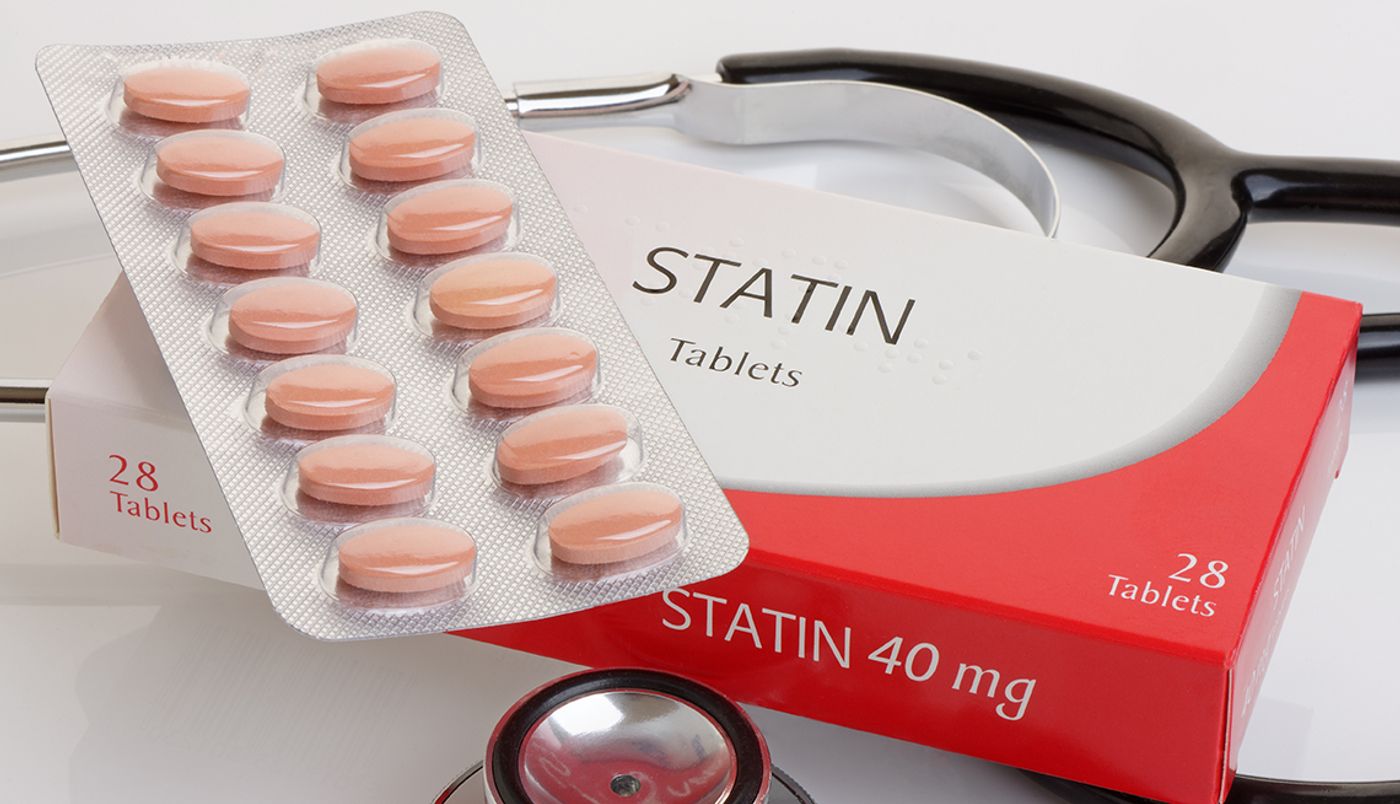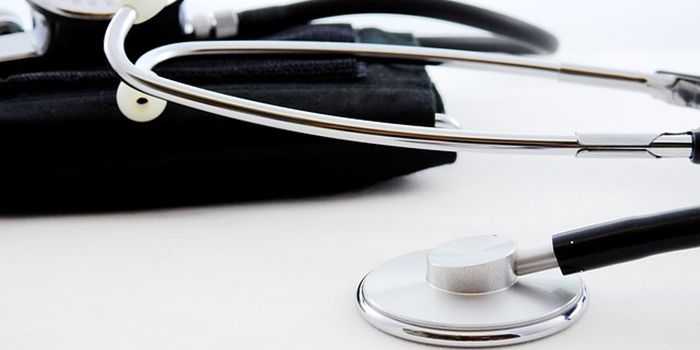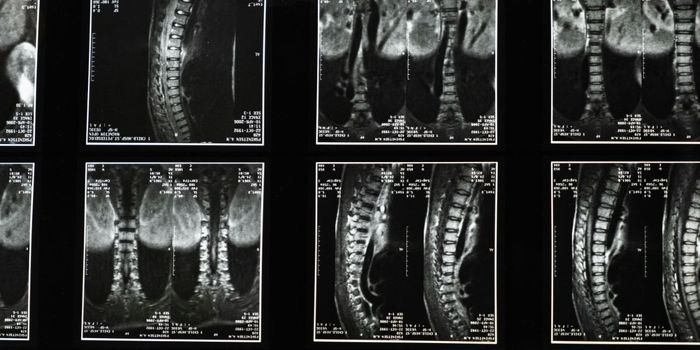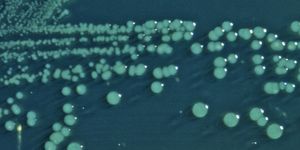Pairing Statins with Another Drug to Prevent Heart Attack
There are two different types of cholesterol in the body, considered to be good and bad, and there are two different drugs to alter their levels in the body: statin drugs lower low-density lipoprotein (LDL) – “bad” cholesterol levels and fenofibrate increases the level of high-density lipoprotein (HDL) – “good” cholesterol. In a new study, scientists looked for the first time at the potential dual effect of using both drugs to prevent heart attacks and other cardiovascular diseases.
Fenofibrate is already used to reduce blood levels of triglycerides and increase HDL. Both high levels of triglycerides (fat) and low levels of HDL lead to atherosclerotic plaque buildup in the blood vessels, and treatment with fenofibrate can reduce that risk.
Statins are commonly used to lower blood pressure but don't influence triglyceride and HDL levels like fenofibrate can. The drug lowers blood pressure by reducing LDL levels by blocking a substance required for the production of cholesterol and by helping the body reabsorb cholesterol. The action of statin drugs is vital for the prevention of vessel blockages that can cause heart attacks.
In combination with statins, could fenofibrate reduce the risk of heart disease in individuals with type two diabetes, who are already at an increased risk for cardiovascular problems due to high triglycerides, low HDL? Results from the recent study sponsored by the National Heart, Lung, and Blood Institute (NHLBI) seem to show that the two drugs could be successful in this mission.
Researchers followed more than four thousand patients for five years after a 2009 clinical trial involving administration of the two drugs. So far, the results suggest that fenofibrate and statin therapy together is in fact capable of reducing the risk of dangerous cardiac events for diabetics. The findings were promising enough that scientists plan on continuing with a new, randomized study to confirm the effect.
This study was recently published in JAMA Cardiology.
Source: NIH/National Heart, Lung, and Blood Institute (NHLBI)









